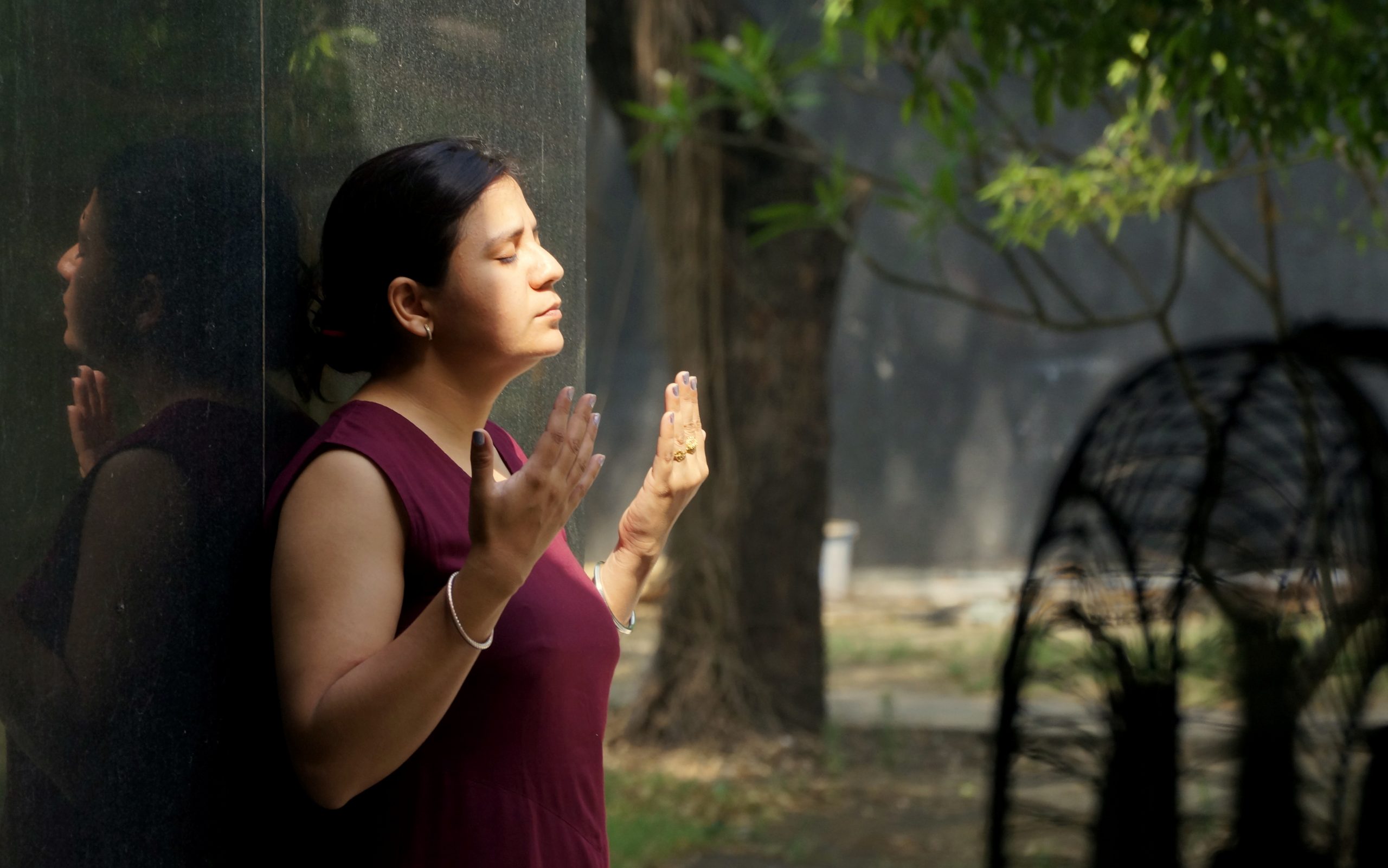Upanishads are the concluding portion of the Vedas and are therefore rightly called ‘Vedanta’. Ten or eleven Upanisads out of a 108 are regarded as important and authentic. Passionate yearning for knowledge, restless striving after truth and a ceaseless search for reality have found a most touching expression in them.
The word ‘Upanishad’ is derived from the root ‘sad’ which means to sit down, to destroy and to loosen. ‘Upa’ means ‘nearby’ and ‘ni’ means devotedly. The word therefore means the sitting down of a disciple near his teacher in a devoted manner to receive instruction about the highest reality which loosens all doubts and destroys all ignorance of the disciple. The teaching, being the highest, was imparted at private settings only to the qualified disciples.
Two important aspects of the Upanishads that we’ll be discussing are their marking a shift from stressing on ritualistic practices onto philosophical thought (Part 1) and the true self which has been the main topic of investigation in the Upanishads (Part 2).
The Critique of Rituals
The Upanishads develop the monistic ideas scattered in Samhitas. During the Brahmana period, these scattered philosophical ideas were almost overlooked and emphasis was laid on merely the rigorous ritualistic sacrifices. The Aranyakas mark the shifting of the emphasis from the ritualistic to the philosophical thought which work was completed by the Upanishads.
The Upanishads tell us that the Vedas – the storehouse of knowledge – have been breathed forth from Him; but they regard the Karma Kanda in secondary, being only helpful in purifying the mind by which one is made fit to receive the real teaching about Brahman. The Mundaka tells us that two kinds of knowledge must be known, the higher and the lower. The lower knowledge talks about the ceremonies and rituals and the higher talks about the immortal Brahman.
Sometimes the mantras are interpreted as subjective symbolism or psychological spiritualism concealed in a concrete and material way to hide the truth from the profane and reveal it only to the qualified and the initiated. The Brahmana ceremonialism is often contrasted with spiritual meditation.
There is a satirical passage in the Chhandogya where dogs are described as marching in a procession like the priests saying, ‘Aum! Let us eat, Aum! Let us drink!’
Thus, the complicated and rigorous ritualism of the Brahmanas was fortunately arrested in the Upanishads. But it is important to note that the criticisms here are directed against ritualism and ceremonialism only and not against the lofty philosophical conceptions found in the Mantras which are faithfully acknowledged and developed.





